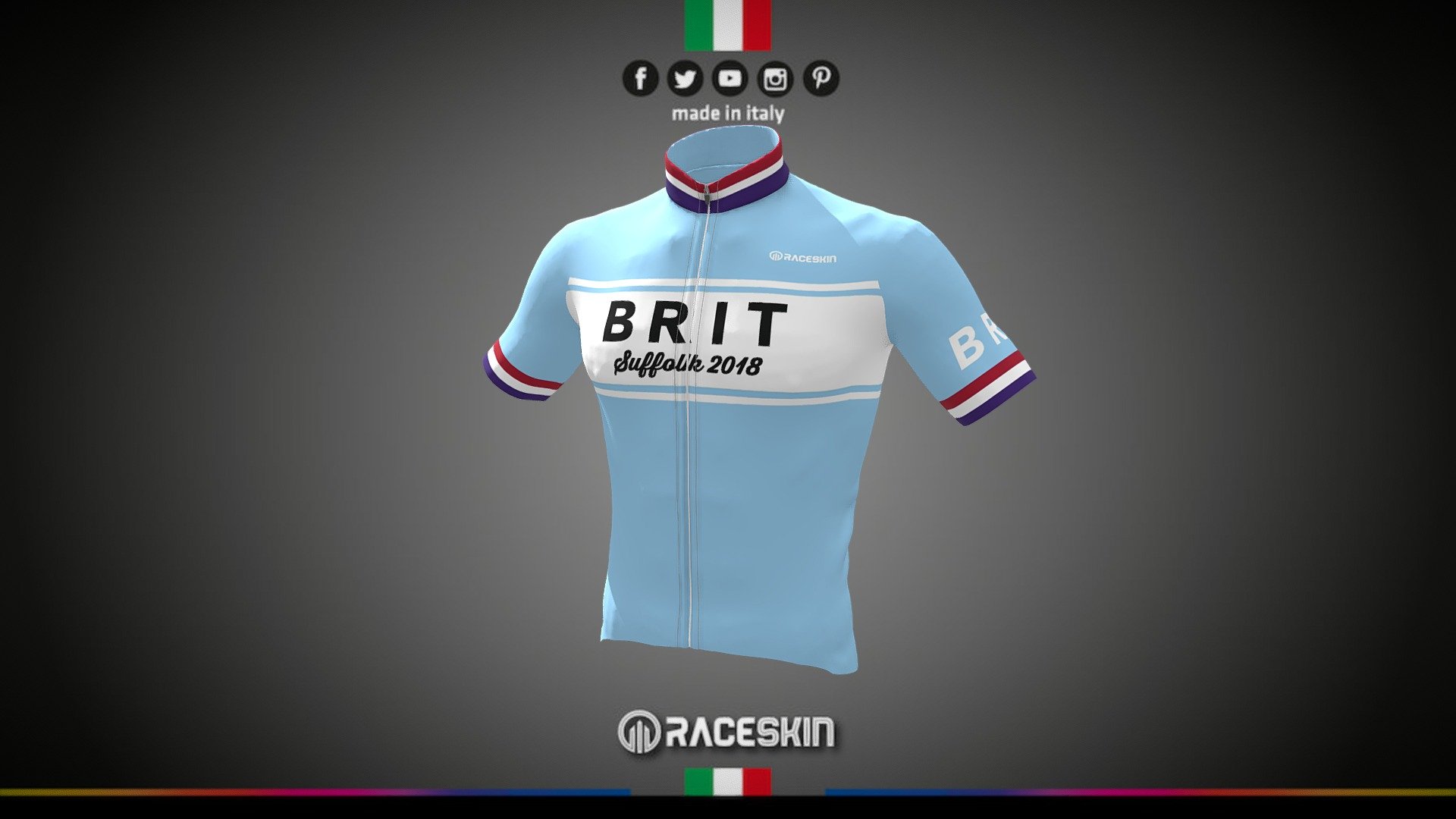
03315 AZZURRO
sketchfab
The human body is an intricate machine that functions through a complex interplay of various systems and processes. The nervous system acts as the primary control center, facilitating communication between different parts of the body. It achieves this by transmitting electrical impulses along nerve fibers to activate muscles and glands, thereby enabling movement, sensation, and other vital functions. The muscular system consists of three main types: skeletal, smooth, and cardiac. Skeletal muscles are responsible for voluntary movements such as walking, running, and lifting objects. They are composed of long, multinucleated muscle fibers that contract and relax in a coordinated manner to produce motion. Smooth muscles, on the other hand, facilitate involuntary actions like digestion and blood circulation. They are characterized by their ability to maintain continuous contraction without fatigue. The skeletal system provides structural support and protection for internal organs. It comprises bones, cartilage, and ligaments that work together to enable movement and maintain posture. Bones serve as the primary framework, providing attachment points for muscles and facilitating joint mobility. Cartilage cushions joints, reducing friction and allowing for smooth movement. Ligaments connect bones to each other, stabilizing joints and preventing excessive movement. The circulatory system transports oxygen and nutrients to cells throughout the body while removing waste products. It consists of the heart, arteries, veins, and blood vessels that work in tandem to facilitate this process. The heart pumps blood through a network of vessels, supplying tissues with essential nutrients and oxygen. Arteries carry oxygenated blood away from the heart, while veins return deoxygenated blood back to the heart. The respiratory system is responsible for exchanging gases between the body and the environment. It consists of the lungs, trachea, bronchi, and diaphragm that work together to facilitate breathing. The lungs expand and contract to draw in oxygen-rich air and expel carbon dioxide. The diaphragm plays a crucial role in this process by contracting and relaxing to regulate airflow. The digestive system breaks down food into nutrients that can be absorbed and utilized by the body. It consists of the mouth, esophagus, stomach, small intestine, and large intestine that work together to facilitate digestion. The mouth breaks down food into smaller particles through chewing and saliva production. The esophagus transports food from the mouth to the stomach, where it is further broken down through acid and enzyme secretion. The skin serves as the body's primary protective barrier against external factors such as temperature, humidity, and pathogens. It consists of multiple layers that work together to provide this function. The epidermis, dermis, and hypodermis form the main layers of the skin, each contributing to its overall integrity. The urinary system removes waste products from the body through urine production. It consists of the kidneys, ureters, bladder, and urethra that work in tandem to facilitate this process. The kidneys filter blood to remove waste products, which are then transported to the bladder for storage. The bladder expands and contracts to regulate urine flow. The immune system protects the body against pathogens and foreign substances. It consists of the lymphatic system, spleen, thymus, and white blood cells that work together to facilitate this function. The lymphatic system transports lymph fluid throughout the body, which contains white blood cells that attack and eliminate pathogens.
With this file you will be able to print 03315 AZZURRO with your 3D printer. Click on the button and save the file on your computer to work, edit or customize your design. You can also find more 3D designs for printers on 03315 AZZURRO.
